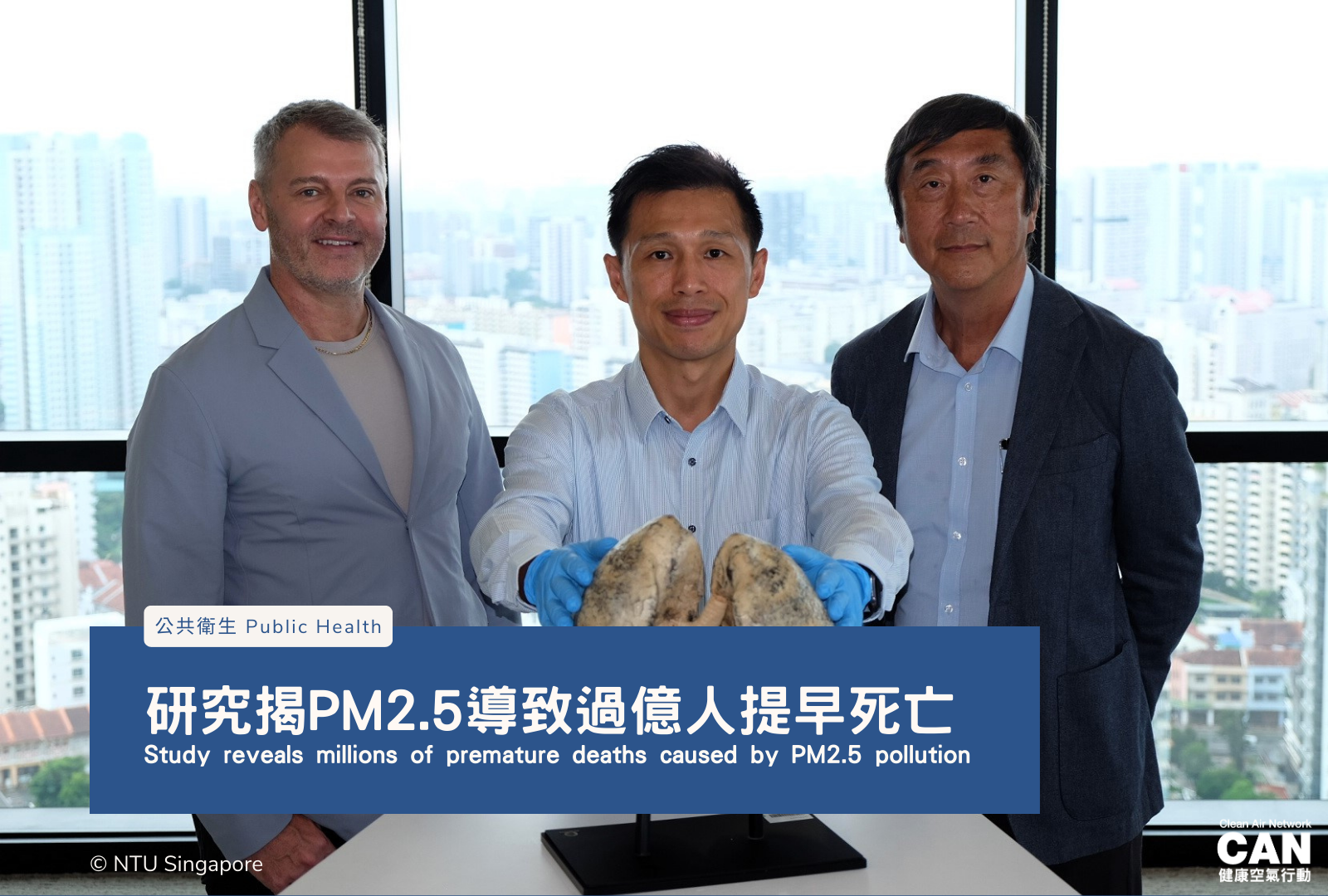
Study reveals millions of premature deaths caused by PM2.5 pollution
A study led by researchers from Nanyang Technological University, Singapore (NTU Singapore) revealed that the 40 years from 1980 to 2020, the impact of fine particulate matter (or PM2.5, refers to particulate matter 2.5 micrometres in diameter or smaller) was worsened by climate variability phenomena such as the El Niño-Southern Oscillation, the Indian Ocean Dipole, associated with approximately 135 million premature deaths globally.
The tiny particles of PM2.5 come from vehicle emissions, industrial processes, and natural sources such as wildfires and dust storms. The researchers explain that during such weather events, the increased temperature, changes in wind patterns, and reduced precipitation can lead to stagnant air conditions and the accumulation of pollutants in the atmosphere. These result in higher concentrations of PM2.5 particles that are particularly harmful to human health when inhaled. As PM2.5 particles can easily get into the air we breathe and penetrate deep into our lungs, leading to a range of health problems, especially for vulnerable groups like children, the elderly, and people with respiratory conditions.
The study estimated that 33.3% of the premature deaths from 1980 to 2020 were associated with stroke; 32.7% with ischemic heart disease, while chronic obstructive pulmonary disease, lower respiratory infections, and lung cancer made up the rest of premature deaths. Among these 40 years, Asia had the highest number of premature deaths attributable to PM2.5 pollution, at 98.1 million, with China and India reaching 49.0 million and 26.1 million deaths, respectively. Pakistan, Bangladesh, Indonesia, and Japan also had significant numbers of PM2.5-attributable premature deaths, ranging from 2 to 5 million each.
Professor Joseph Sung, Dean of NTU’s School of Medicine stated that as PM2.5 pollution could have significant consequences, health agencies need to allocate resources accordingly. By emphasising health outcomes in air quality management, governments can better protect public health and improve overall well-being.
Reference: Gu, Y., Fang, T., & Yim, S. H. L. (2024). Source emission contributions to particulate matter and ozone, and their health impacts in Southeast Asia. Environment international, 186, 108578. https://doi.org/10.1016/j.envint.2024.108578
Photo credit: NTU Singapore

